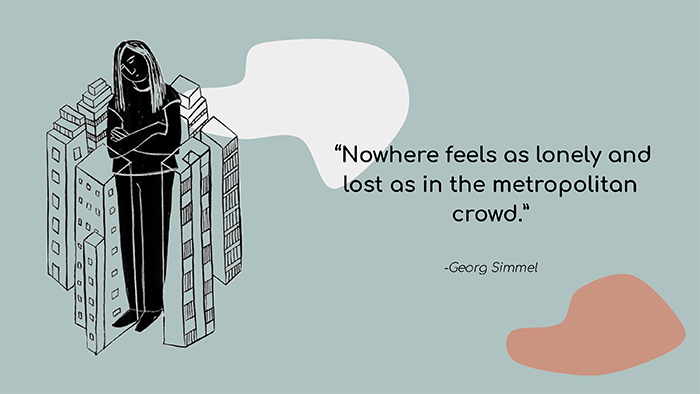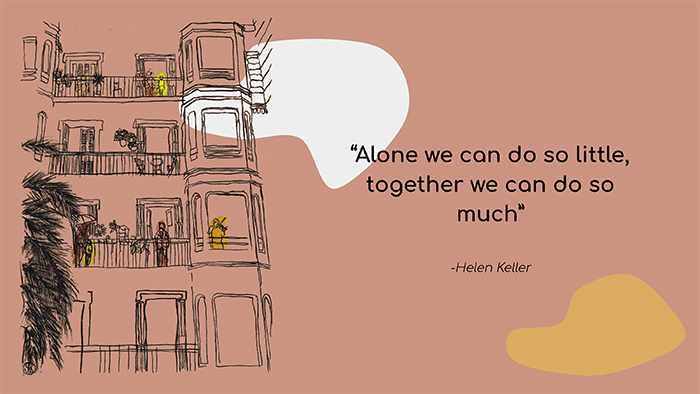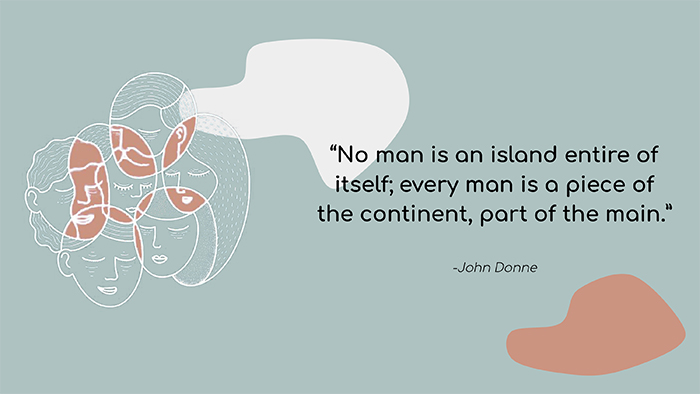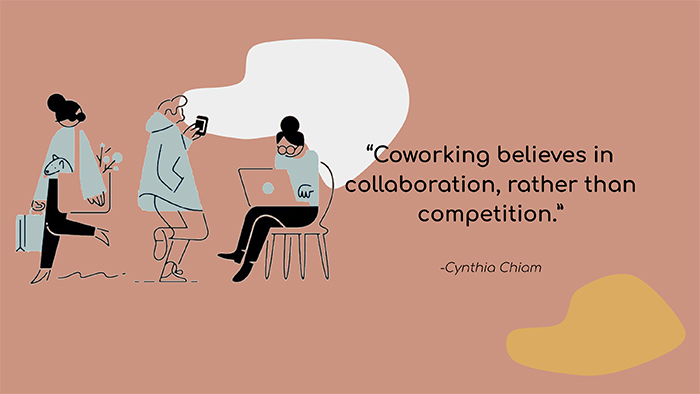Cities see themselves as centers of collaboration and connection. However, the city of the 21st century has become a hub of an isolation pandemic. The anonymity of a city has in many cases resulted in a lack of trust between citizens and deprived them of forming close-knit communities where neighbors know each other. David Symons, leader of WSP’s Future Ready innovation program writes: “More of us than ever are leading solitary lives, isolated by changing social structures, digital networks, and denser cities” (Symons).
COMPANIONLESS
Loneliness in the city environment
In Europe, it is estimated that about 30 million adults often feel lonely; that is 7% of the adult population. In Spain, one in three people (35%) between 20 and 39 years old, and almost half of people (48%) aged 80 and over feel lonely and while this data is alarming, we still see an increase in the number of people living alone in the cities.
In Barcelona, single-person households are currently the most frequent typology of households, with one in every three households in the city (31%) being single-person ones. While it can be argued that not all those living alone are lonely, studies have shown that both actual and perceived social isolation are associated with an increased risk for early mortality. According to a study done at Brigham Young University, the increased likelihood of early mortality was 26% for loneliness, 29% for social isolation, and 32% for living alone. (Holt-Lunstad). The combination of an aging population and more single-person households means that the loneliness problem in our cities is becoming more aggravated.
COVID-19
Lockdown measures impact
With the onset of the Coronavirus, even more, hidden patterns of isolation were revealed in the current model of connectivity. With rules of “social distancing” and extreme sanitation, people were cut off from the core spaces of community and sharing. Home-bound and lock-down orders have resulted in too much time spent indoors with no social interactions with others during the day. The societal, and economical shift significantly impacted people’s lifestyles and forced us to redefine our idea of ‘home’. Indeed, the coronavirus crisis has contributed to an increase in the incidence of the different types of loneliness that existed.
As reported by the Barcelona Contra la Soledad, during the lockdown period in March and April, calls made to the telecare center for loneliness almost doubled in Barcelona. So if the city of the 21st century was considered a place of isolation, then the onset of Coronavirus has turned the city into grounds for the rapid growth of this silent pandemic. On the bright side, the onset of the Coronavirus has also given us an “insight into what healthier, happier places might look like, and the potential for a new kind of urban design refocused around wellbeing.” (Tyrpenou) Hence, in a current scenario of greater loneliness and forced isolation, it is important to reflect upon the potential of collective and collaborative spaces in fighting against both a pandemic disease and pandemic isolation.
COMMUNITY
Collaboration is the answer
The Merriam Webster dictionary defines community as a unified body of individuals, such as the people with common interests living in a particular area; a group of people with a common characteristic or interest living together within a larger society; a body of persons or nations having a common history or common social, economic, and political interests; a group linked by a common policy.
Hence, proximity and a common background are two bases in forming a community, and city leaders are increasingly finding themselves responsible for creating these two common growns of community spaces and bringing people together through ‘social infrastructure’. Tools such as city events and technology are being used to help create connections and reinforce a common identity.
Out of these social tools emerged new models of space sharing and collaboration that have gained popularity. The ideas of co-working or co-housing are not new to the world but have seen a resurgence in the last decade in most global cities around the world. These spaces have successfully facilitated community building in a natural way through shared experiences and unexpected encounters. But are these models regaining their popularity due to economic and efficiency reasons only? Or do they offer a new model of community and collaboration that the city needs? How do these spaces answer the current coronavirus crisis?
COWORKING
Building community workplaces
For many of us, a large portion of our days is spent at work. The average Barcelona citizen spends 1770 hours per year working, which means 20% of their whole time. Working is the second most time-consuming activity in our lives, right after sleeping, with a total of 13 full years spent on it. Therefore, it is safe to say that our jobs as well as the relationships we build through them can make a huge impact on our quality of life. Over the last few years, the number of hours spent in our offices has decreased, even more during the lockdown period, but so has the average size of companies and our teams. This situation demands more flexibility on the part of both employees and companies and has led to the emergence of flexible common offices, where space and expenses can be shared, but also innovation and values.
In Barcelona, the rising trend towards collaborative spaces can clearly be seen. Although the city has a lower percentage of flexible workspaces (2.3%) compared to other capitals such as London (7.1%), the business maintains the opportunity to grow. The floor area assigned to shared and flexible workspaces in the Barcelona market went from 5% in 2017 to 16% during 2019. The three bigger players in the city (Wework, Utopicus, Attico) have 60 % of the total co-working spaces in the city and are predicting a boom in business after the COVID crisis. These models are not always successful; some have faced an inability to make an economically viable business, during the long lockdown period. However, it is clear that these initiatives are emerging out of a need for rebuilding communities and combating solidarity in the city.
Some of the municipality co-working initiatives, such as Sinergics, are part of the newly created Municipal Strategy against loneliness 2020-2030. The program, called “Barcelona contra la Soledad”- (“Barcelona against loneliness”) provides citizens with information about what loneliness is, what causes it, and how the City Council deals with it, through a wide range of programs and services within the transversal of the framework. Hence, to understand how the future of collaborative spaces would look like post-COVID it is important to study the motivation and desire for these models.
Creating a good and friendly environment to work in, means more than just putting a big desk and comfortable chair. There are many other equally important factors, such as natural light, the open spaces, plants & greenery (which upped productivity by 15% due to the improvement of air quality and raised our level of concentration), the break area, the “quiet” zone, etc… According to studies, 60% of people feel more relaxed since working at coworking spaces, mostly due to the general atmosphere of well-being and stress-free environment. The same study expresses how “a whopping 85% of workers consider that space design influences their work.” (Wisework)
Until now, more has been said about the physical or aesthetic aspects of design, but creating a workspace that helps people to achieve better results and work more efficiently also deals with the atmosphere and the energy of a place. As important as the layout is to efficiency, equally essential are the people who make the workplace. It is here where coworking spaces are winning or losing. The entire community of the place is designed to strengthen and intensify creativity and efficiency. The intensely collaborative and friendly atmosphere is designed to improve work and output. From managers taking care of everyday tasks to members helping each other out, a coworking space helps to increase productivity and fight seclusion.

You could find the full video by clicking on the following link: www.youtu.be/WlZ1eXfMaSw
CONCLUSION
Designing for the community
Sense of belonging is a human basic feeling and connects us to the many relationships we develop during our lifetime. Being part of an active community adds real value to our lives and makes a measurable difference in our happiness and health. Although we may welcome solitude at times and we assume loneliness as a necessary consequence of our modern urban lifestyles, this last year of social isolation has proven difficult for a large number of people. It’s at this time of uncertainty when a sense of unity from a thriving community has become even more necessary to help us to connect those suffering and when we have missed most the lack of it.
As designers, we believe in the power of space and urban planning to influence people’s lives and that is why we are always looking for ways to use our skills to impact our communities. However, our greatest learning is how they affect and inspire our creative thinking in an extraordinary way too. Vibrant communities and the open dialogues created around them, set the perfect path for new and innovative solutions, together with the sense of togetherness explained before. The best example of it is the MaCT community we have joined because of our work as new urban technologists.
We have experienced the same solitude during lockdown that has compromised both our physical and mental health, like many other people. Despite the origin of our research intended to provide more clarity to the feelings we faced and shared, throughout our research in Apoc Apoc coworking space we have seen new communities born out of uncertainty and existing ones thrive as their purpose becomes all more important. Not only were these communities so effective in creating a support network, but they were essential in creating a sense of hope when their members and we ourselves have needed it most.
After all, the three of us have developed a more complex and unique meaning of community, not just as a group of people who share a place and interest in common, but one who consider sharing as the necessary condition to grow and take care of themselves.
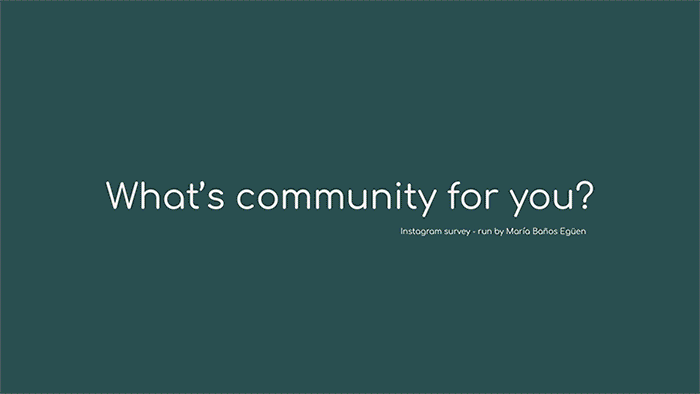
From COvid to COmmunity is a project of IAAC, Institute for Advanced Architecture of Catalonia developed at Master in City & Technology in 2020/21 by students: Marta Galdys, Hebah Qatanany & Alvaro Cerezo and faculty: Mathilde Marengo
